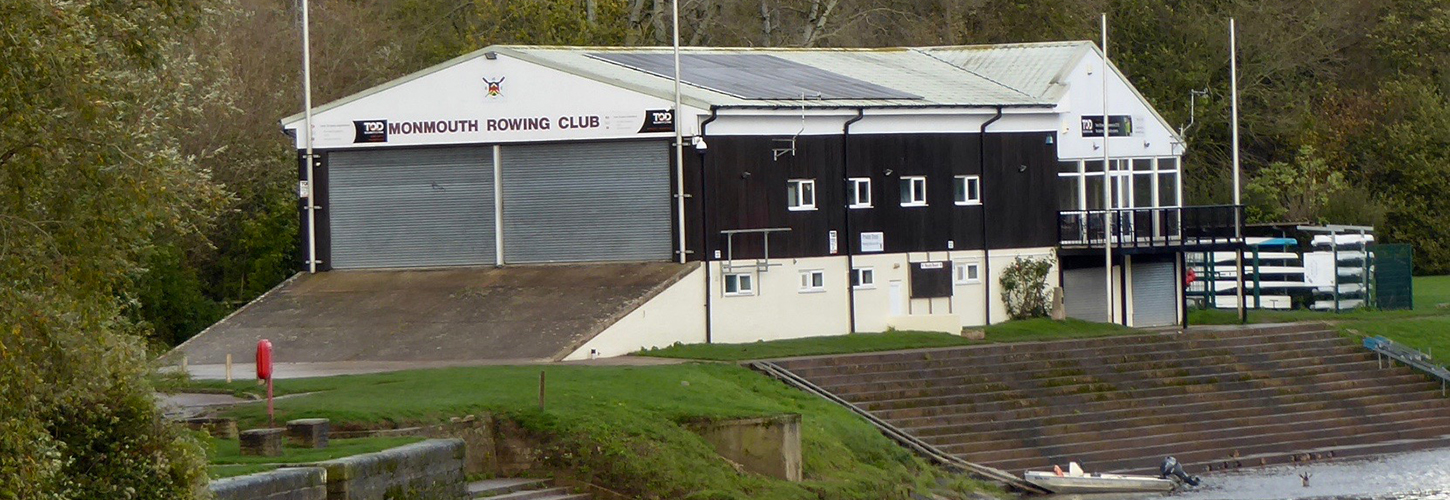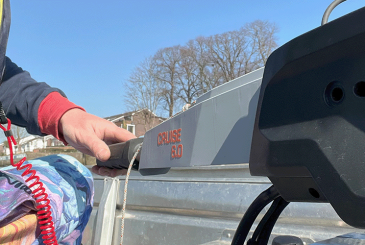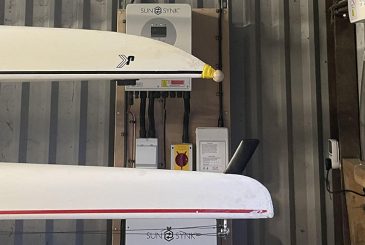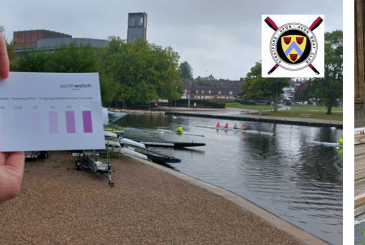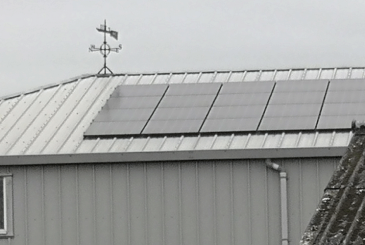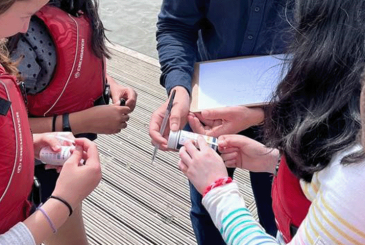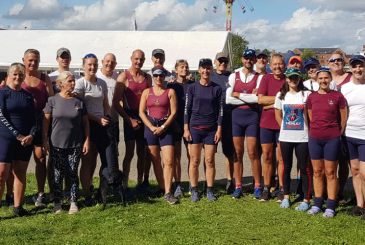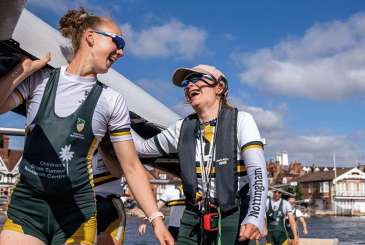With energy prices soaring and bigger bills in the pipeline, now could be the time to shine a light on how you power your clubhouse. Nick Hartland finds out how three clubs have benefited from more environmentally and financially sustainable energy solutions
A handful of clubs are already reaping the benefits of harvesting sun power from solar panels.
And with the heat on – quite literally as winter blows in – they are urging others to look at investing in alternative energy. This can save thousands of pounds in the long run as well as doing their bit to decarbonise.
While the UK Government has provided some help to sports clubs until April 2023 through the Energy Bill Relief Scheme, the upward pressure on power bills shows no sign of easing soon.
But with vastly improved solar power technology, it needn’t cost the earth to install. The UK Government reported last year that the cost of rooftop panels had fallen by 60% since 2010.
And with the likes of MoneySavingExpert.com’s Martin Lewis predicting bill rises of more than 70% from next spring, solar suppliers claim installation costs could now be paid for in as little as five years.
Case study 1: Tyne United RC’s off-grid solution
The club installed a 10kw solar array on the sloping roof of their new, off-grid modular clubhouse in 2011 to provide electrical power, alongside an eco-friendly LPG boiler system for heating and hot water.
“We’d never have raised £80,000 to connect to the mains, and solar has proven a really smart move for us, even more so given current price rises,” says club Chairman Alex Shiel.
“The power is stored in two hefty batteries in a shipping container, so we have energy when the sun’s not shining.
“We still use a diesel generator as back up, with a switching system between them, but we’ve covered our investment and get free electrical energy much of the time to power lights, plugs, alarms and the boiler electrics from solar.”
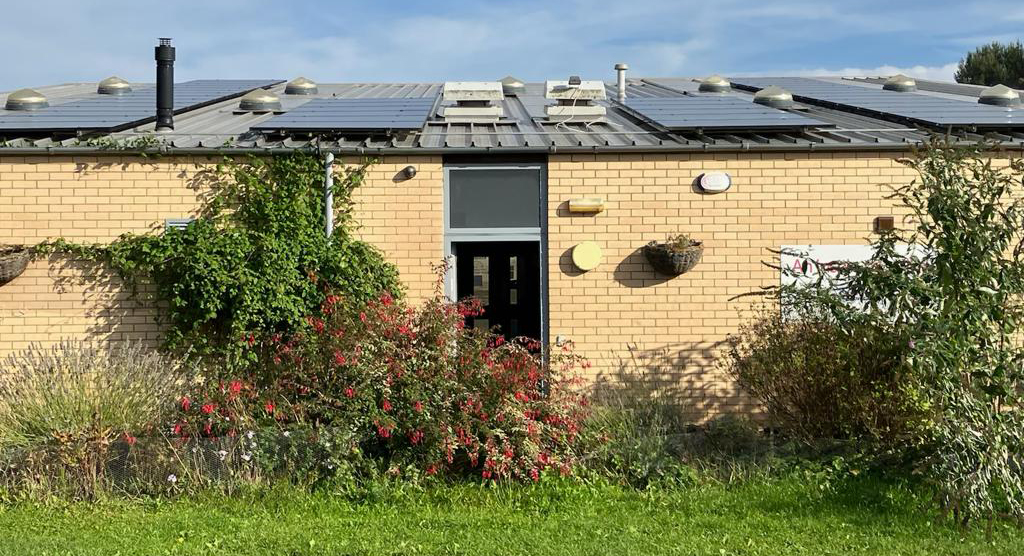
Despite being off-grid they still get a generation tariff of some £250 a year, while their combined diesel/LPG bill has been pegged at around £4,500 a year.
“We find it’s so much better having that mix of green energy and fuels. And it’s much better value in terms of long-term savings too,” adds Alex.
Case study 2: Monmouth RC’s energy efficiency measures
Monmouth RC installed their solar array producing just over 8,000kwh per year in 2015.
Club member James Allison says: “We arranged an Energy Performance Certificate inspection to break down our usage, which rated the building D.” This is in the middle of the seven-point scale from A (very efficient) to G (inefficient).
“We then put in LED lights, turned off fridges, freezers and the drinks cooler before installing a 10kw system on the roof costing about £14,000.
“Energy efficiency is key, and all in all it’s put us in a good position.”
“We host two school clubs who use the facilities at other times, and some of the excess energy helps top-up heat two hot water tanks for showers through diverters, while the rest goes into the grid.
“All told, we’ve dramatically reduced our total electric and gas costs to around £120 a month.
“We secured a feed-in tariff for total energy generated of about 14p per kWh, although the replacement Smart Export Guarantee tariffs are much lower now (around 5p per kWh). We’ve earned some £9,000 to date on top of bill savings of around £600 a year, meaning we’ve pretty much recouped the investment.
“Energy efficiency is key, and all in all it’s put us in a good position.”
Investing for the future
British Rowing Facilities Coordinator Alan Meegan urges clubs to take the long-view on investing in alternative energy. This might mean foregoing that new boat now to be able to buy more equipment in the future.
“We’re suggesting that clubs to review their priorities at a time when power is so expensive.
“The coach may be shouting ‘we’re going to Henley, we need a new boat’, but people may need to bite the bullet, even if that means spending less on equipment in the short-term. Consider that if you spend £20,000 on a second-hand eight and you write that boat down over six years, then your solar could cover the cost of that boat.
“Solar costs have come down, the technology has improved and it is more efficient, smaller and less unsightly.
“Whatever sort of power a club uses, it’s about the maths and the sustainability of the club.”
He adds that it may be worth seeing if solar power can also heat your dry-side facility.
“Think of your clubhouse as your house, that should be the mindset,” he says.
“Rowers don’t want to come out of the showers and freeze, but with a decent environment they might stay to socialise.”
“Unless you heat it, the building, fabric and furnishings will deteriorate more quickly, costing you long term.
“If you don’t heat it regularly, when people gather, that creates condensation on the walls, windows and floors.
“So you are saving your building and making it more pleasant to visit and use. Rowers don’t want to come out of the showers and freeze. With a decent environment they might stay to socialise.
“And perhaps using an electric combi boiler can increase the power and efficiency, providing both heating and hot water.
“Clubs are going to get massive bills soon and solar could be one of the best ways forward. You could covering perhaps 60-70% of your bill.”
Case study 3: Decarbonisation and sustainability at Bewdley RC
Bewdley RC are considering replacing their gas heating with electricity, having already “more than covered” the cost of their solar panels. They installed these in 2013 for £27,000, in savings and tariff payments.
Treasurer Kim Martyn-Smith says putting them in was “a very positive decision”.
“We are very keen to assist our members by keeping [club energy costs] to a minimum.”
“In addition to the savings we have already made, the ongoing savings are going to be very valuable to the club due to the enormous increase in electricity costs,” she adds.
“I’d estimate that we were paying somewhere in the region of 13p per kWh, but our July rate was 47.9p per kWh and this is only likely to increase.
“The rising costs of everything, and energy costs in particular, will impact the club, but we’re very keen to assist our members by keeping these to a minimum.”
“I believe with the rising energy costs it must still be a very financially viable route. And just as important to the club and our members are the environmental benefits.”
Cutting your carbon is important for the environment we row in. Climate change is linked with flooding and low water problems that clubs are regularly now experiencing.
“Canvassing your club members about whether they want solar power is probably part of a bigger discussion, about environmental issues all round. “I think by looking at that, then maybe that will engage members to think of other things we can do,” adds Alex.
“The health of the river should be important to us too, so it’s part of the whole energy debate – the environment and the club’s place in it.”
Costs, savings and specifications
It’s worth exploring whether your local authority, governments or sports organisations provide grant help for solar installation, which should ideally be south-facing to get the best sunlight, with a roof elevation angle of about 30-40%.
Going one step further by investing in a battery will allow you to use the electricity you’ve generated at a different time. This is important because most club electricity usage isn’t around midday when the sun’s at its peak. This increases your solar energy efficiency and can cut your carbon footprint by some 15% while saving over £200 a year according to TheEcoExperts.co.uk, with prices starting from £2,500. Batteries are about the size of a briefcase.
Roofs will need to be able to take the load, a 10kW array typically weighing in at more than 100kg.
Alan also says asbestos panels typically used on buildings from the 1920s to the 1980s might cause an issue, as the roof needs to be load-bearing between the spars.
Energy audits, LED lighting, a shower timer, sensor bulbs that switch on when people are around, and timer and smart plugs are also good ideas
Although it’s generally the most cost-effective, solar isn’t the only renewable energy game in town – Tyne United investigated having a wind turbine, like Worcester RC. Sadly they had to pull out when told they needed a two-year study on the impact on local wildlife, costing £5,000. Be aware, though, that wind turbines don’t work well in urban environments because of relative low and turbulent wind flows.
Undeterred, Tyne United are now considering installing a ground source heat pump on their site, which includes a managed wildlife pond.
Energy audits, LED lighting, shower timers, sensor bulbs that switch on when people are around, and timer and smart plugs are also good ideas. Make sure too that you know whether the club is on a ‘time of use tariff’ for mains electricity usage. If you are, and this doesn’t fits with with when you use power, consider switching.
And proper insulation is a must, including between floors, in the loft, under the roof, and the windows. It’s also worth checking whether any of your building needs making watertight, especially the roof.
Energy efficiency is the name of the game – and while we all strive for ‘More Power!’ on the water, it’s always best delivered with a light touch.
Clubs can find detailed guidance from Sport England on reducing energy costs here.
What do YOU want to read about on British Rowing Plus?
What do you find interesting here on British Rowing Plus that you’d like more of? What haven’t we covered yet that you’d like to read about?
Let us know by emailing [email protected]


